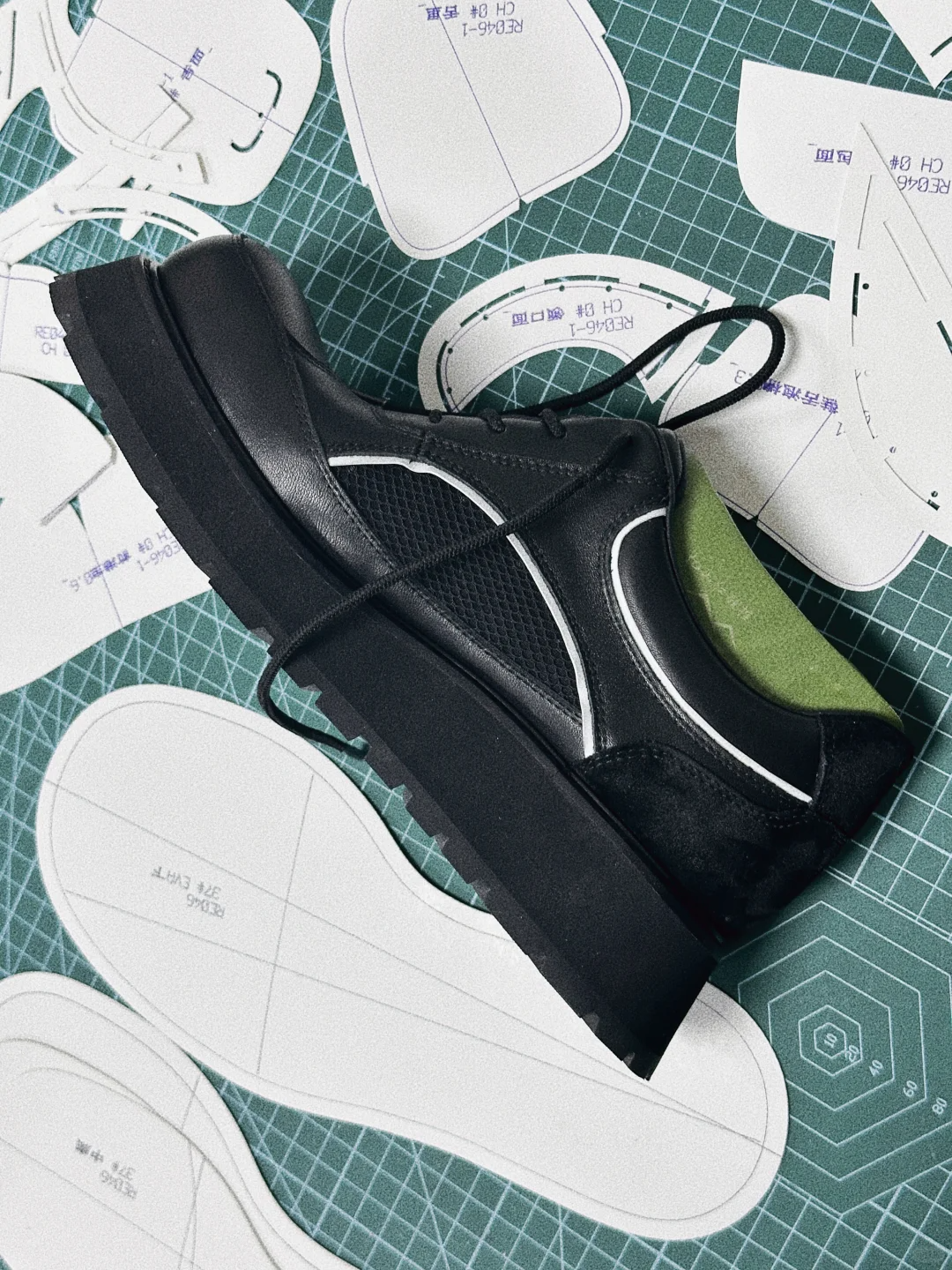

How Successful UK Shoe Shops Plan Their Stocking Strategy
If you think shoe shops in the UK only order stock based on whether it’s raining (spoiler: it usually is), you might be missing the real secret behind profitable footwear retail. In fact, the most successful shops don’t just follow the weather forecast – they follow the calendar, customer psychology, and the timeless truth that British people will always complain about shoes being “the wrong season” no matter what’s on the shelf.
Let’s walk through a clever seasonal buying strategy that keeps stock fresh, customers happy, and tills ringing – all with a dose of British humour.
August – The “It’s Still Summer But Let’s Pretend It’s Autumn” Month
In August, many customers are still in flip-flops, pretending the drizzle is “Mediterranean rain”. But retailers know better: shoppers are already bored of summer sandals they bought in May. This is the time to roll out lightweight autumn styles:
-
Loafers and slip-ons (easy to wear, easy to upsell with socks).
-
Chunky trainers (because “back to school” vibes aren’t just for kids).
-
Birkenstocks and clogs – yes, even in Britain, people wear them with socks and call it “fashion”.
Pro tip: Use discounted sandals to lure people in, then showcase autumn shoes at full margin.
September – Back to School, Back to Boots
September is when shoe retailers get serious. Students are back, offices are pretending to be full again, and shoppers start looking for smart-casual staples:
-
Classic loafers (still the best-selling “school run to boardroom” option).
-
Single-layer boots and ankle boots (perfect for unpredictable showers).
-
Cosy mules and fluffy slippers (because Brits secretly love to buy winter slippers as soon as the heating bill arrives).
Stock fewer styles but ensure you have all the sizes. Nothing kills a sale faster than telling someone, “Sorry, we don’t have an 8.”
October – The Great British Boot Season Begins
October is that glorious time when everyone realises summer is truly dead. The queues for pumpkin spice lattes confirm it. Shoppers begin demanding:
-
Faux leather ankle boots
-
Lightly lined trainers
-
Long boots (but not too warm yet)
This is when “single layer” and “lined” options overlap, because in the UK one friend is freezing while another insists they’re “boiling in this jumper”. Keep your shelves versatile.
November – Winter Hits and Boots Take Over
By November, it’s officially boot season. The clever retailers know this is the most stable, profitable period of the year. Stock up on:
-
Well-lined boots
-
Snow-ready shoes (even though the UK might only get 2 days of snow)
-
Tall boots for commuters who hate wet trousers
Think of November as “the Black Friday of footwear” – if you’re not ready with stock, your competitors will be.
December – Keep Stocking, But Smarter
December is not the time to stop ordering. Yes, customers are distracted by mince pies and tinsel, but they’re also in a gifting mood. Focus on:
-
Core winter boots and cosy slippers (top Christmas gifts).
-
Refresh best-sellers regularly instead of chasing too many new styles.
-
Prepare for the post-Christmas-sales rush and New Year’s Eve shoe panic (yes, someone will want sparkly heels on 28 December).
January – The Forgotten Goldmine
Here’s the insider tip: January isn’t dead stock season. It’s renewal season. People make resolutions to “walk more”, “go back to the gym”, or “finally get proper winter boots”. Retailers who still have:
-
Fresh trainers
-
Sturdy winter boots
-
Everyday loafers
…will scoop up sales while others are slashing prices in despair.
Why This Works in the UK
Unlike sunnier countries, Britain doesn’t have clear-cut seasons – we have “cold”, “slightly colder”, “confusingly warm for a week”, and “raining again”. This means UK footwear retailers can’t just buy based on the thermometer. They have to buy based on timing and psychology:
-
August–September = fresh start, new shoes.
-
October–November = weather panic, boots sell fast.
-
December–January = gifting and resolutions.
Get the timing right, and you’ll capture demand before customers even realise they need new shoes.
Final Step – Don’t Be Afraid to Amuse Your Customers
Remember: buying shoes is emotional. People don’t need another pair – they want another pair. Whether it’s the teenager convincing mum that trainers “are essential for school” or the dad who insists his slippers “mysteriously shrank in the wash”, customers always have a reason. Your job is to have the right stock, at the right moment, to turn those excuses into sales.
🤔 Why does this logic work in the UK?
The UK doesn’t have distinct four seasons – it’s more like: cold → colder → a random warm week → then rain again. So, when it comes to stock purchasing, you don’t just look at the current temperature; you need to stay one step ahead of your customers.
🎯 Summary
Successful shoe shops in the UK all follow a forward-planning stock calendar. Remember this: don’t just sell shoes suitable for today’s weather – sell shoes suitable for tomorrow’s complaints.
🗣️ Let’s hear from you!
Now you’ve finished reading this guide, what do you think? Have you also used seasonal stock strategies in your own shoe shop? Which methods have worked best for you, and which ones haven’t? Feel free to share your experiences in the comments section below!
If you’re a shoe shop owner or manager, feel free to ask us questions about planning next season’s inventory – we’re here to help whenever you need!
👉 Leave a comment below or share your favourite seasonal footwear strategies – let’s chat!
If you found this article helpful, why not share it with your peers? And don’t forget to subscribe to our blog for more industry tips and practical advice!
- Women's shoes for spring and summer
- Guangzhou Women's Shoes Factory
- Design Inspiration for Fashionable Women's Shoes
- Evening Shoes for Women
- Luxury Women's Footwear Customization
- Fashion Women's Shoe Design
- Footwear Manufacturer & Supplier
- Ladies' Shoe Production Factory
- Custom Women's Shoe Solutions








